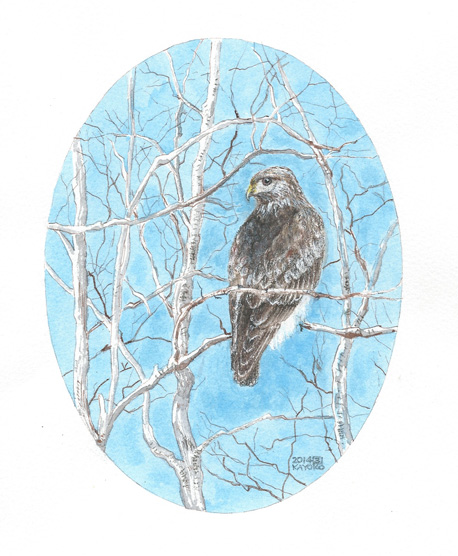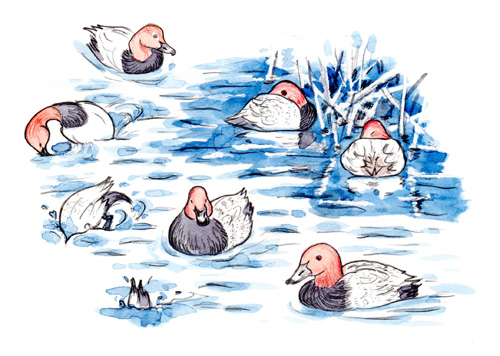A Small Autumn
Happy Halloween!
What’s 24 Sekki?
Right now we are in the midst of the typhoon season. Even though the harvest season will be soon, “Rishuu” came a month ago. “Rishuu” is the first day of autumn by the old calendar known as 24 Sekki.
What’s 24 Sekki ?
In Japan, before the Meiji government adopted the Gregorian calendar in1873, people used the lunar calendar. However the lunar calendar shifts from the real seasons day by day. Some years could even have 13 months.
Farmers used the old calendar called 24 Sekki for their farm work. It reflects the real seasonal change because 24 Sekki divides a year into 24 seasonal periods along the celestial longitude.
The idea of 24 Sekki was invented in China a long time ago. It begins with the winter solstice.
First, you divide a year into four, at the winter and summer solstices, and the spring and autumn equinoxes. Then you put the first day of each season into the middle of each of the four periods. This means that the year’s divided into eight parts of about 45 days each. Then, when you divide each 45 days period in to three 15 days periods, you have 24 parts of known as 24 Sekki.
With the 24 Sekki calendar, we can see the seasonal change every half month. This is useful for rice field planning, so people used to use it with the lunar calendar.
In addition, each Sekki has its own name that sounds nice and has a profound meaning. For example, Kokuu means rain for grain; it lasts from the end of April until the first five days of May. During this period, farmers can spread their rice seeds.
To resume this blog
Hinamaturi , girl’s festival
My Own Exhibition Will Be Held
I’ll have my own exhibition at the following place & time.
Further information is coming soon.
Date Wen, July 16,2014 ~ Mon, July 21, 2014
11:00~19:00 (Last Day Close 17:00)
Venue Sekiun Gallery in Harajyuku near Takeshita Street
HP Sekiun Gallery (in Japanese)
Theme 「KIDS & NATURE」
A Hawk On The Branch
A Warm Cat
The freezing weather has been lasting all over the place in Japan.
Especially, the north part of Japan has been covered with heavy snow.
The snow is beautiful, but sometimes causes disaster.
In addition, it makes people of being tired, because they must take it off the roofs or the front doors.
I hope that today’s picture in this blog makes you happy and feeling warm.
Water Birds Winter In Tokyo
Now, you can see many water birds at the parks in the Bay of Tokyo or the Broads around Tokyo.
The Yatyoukouenn in Ota Word (in Japanese)
The Teganuma in Abiko City (in Japanese)
They have migrated since last fall and will stay until coming spring.

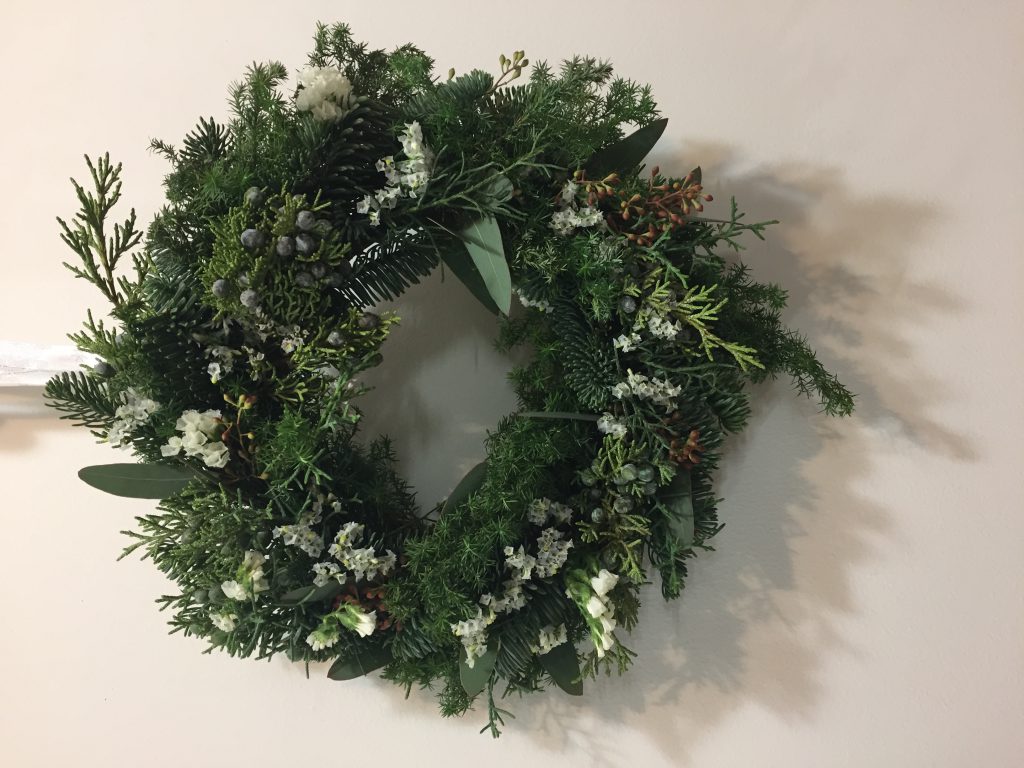

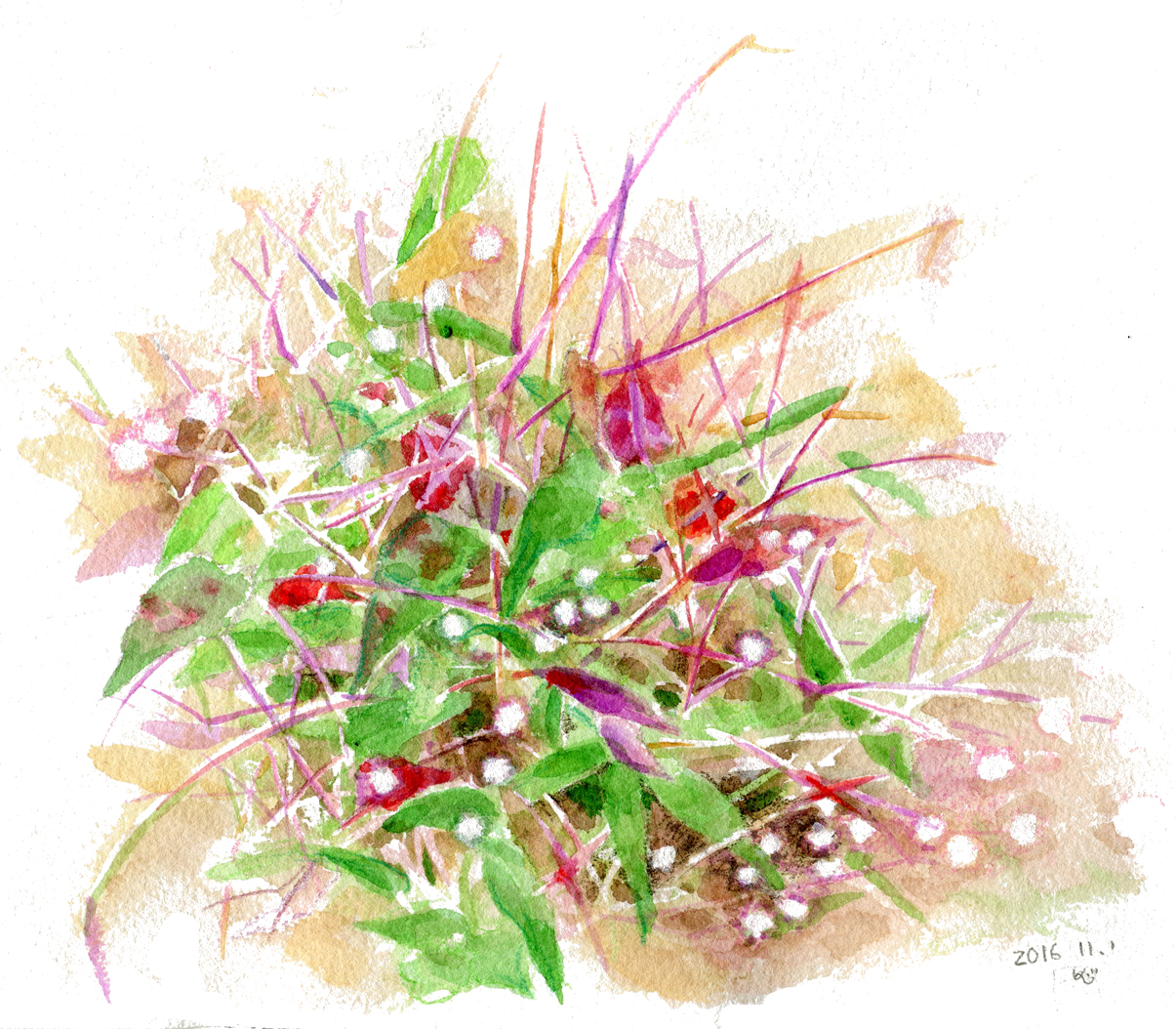

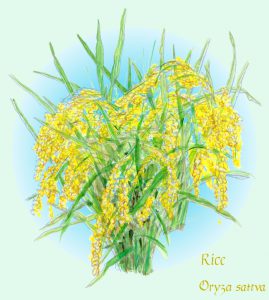

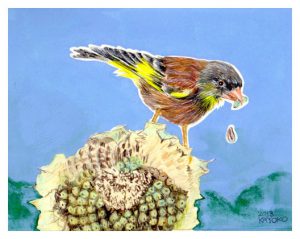

.png)
